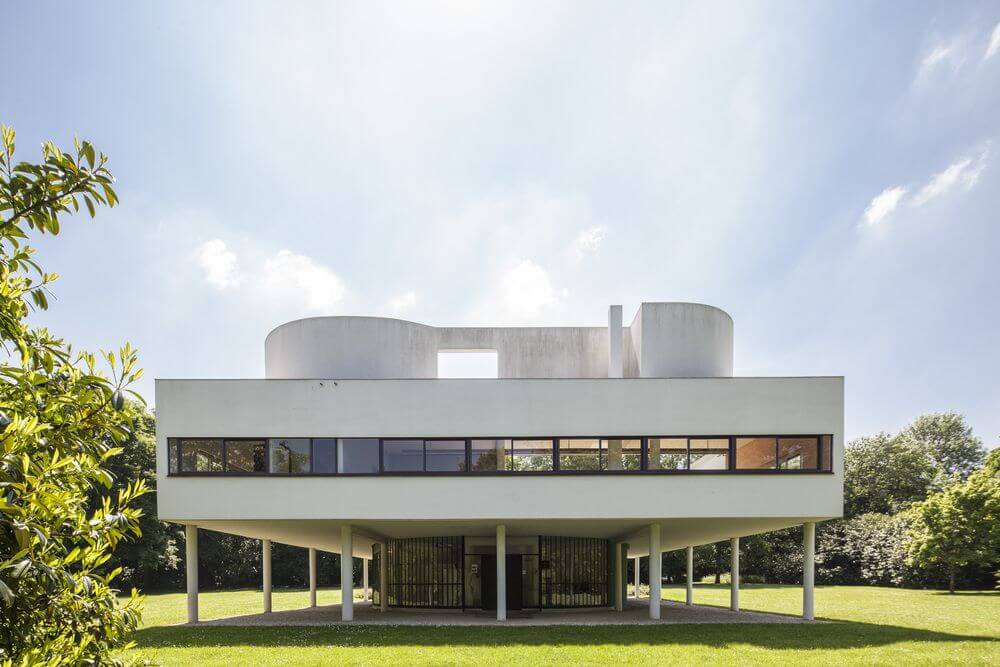The world around us is filled with structures and designs that not only serve functional purposes but also tell a story about our society’s evolution. These structures are the products of architecture, a discipline that marries art and science to create buildings, landscapes, and other physical environments. In understanding this vast field, it’s helpful to categorize architecture into three broad types: traditional architecture, modern architecture, and postmodern architecture.
Traditional Architecture: A Reflection of History and Culture
Traditional architecture refers to architectural styles that are defined by a specific time period or culture. It encompasses a wide range of styles such as Gothic, Romanesque, Baroque, and Renaissance. Traditional architecture is characterized by its attention to detail, use of local materials, and emphasis on craftsmanship. The Great Wall of China, the Taj Mahal in India, and the Pyramids of Egypt are all examples of traditional architecture that reflect the history and culture of their respective regions.
Modern Architecture: The Era of Simplicity and Functionality
Emerging in the late 19th century, modern architecture marked a shift from ornate designs to simpler, more functional structures. This style is characterized by clean lines, minimal ornamentation, and the use of new materials like steel, glass, and concrete. The focus is on form following function, meaning the design of a building should be primarily based upon its intended function or purpose. Notable examples of modern architecture include the Villa Savoye by Le Corbusier and the Farnsworth House by Mies van der Rohe.
Postmodern Architecture: A Blend of Old and New
Postmodern architecture emerged in the mid-20th century as a reaction against the austerity and rigidity of modern architecture. It reintroduced ornamentation, color, and symbolism, often through the use of unconventional shapes and materials. Postmodern architecture can be seen as a blend of old and new, combining traditional elements with modern techniques. The Guggenheim Museum Bilbao by Frank Gehry and the Piazza d’Italia by Charles Moore are classic examples of postmodern architecture.
**FAQs**
What is the difference between modern and postmodern architecture?
Modern architecture emphasizes simplicity and functionality, often using new materials like steel and glass. Postmodern architecture, on the other hand, reintroduces ornamentation and symbolism, blending traditional elements with modern techniques.
How does traditional architecture reflect culture?
Traditional architecture often uses local materials and reflects local customs, beliefs, and historical events. It’s a physical manifestation of a society’s culture and history.
Why is architecture important?
Architecture is essential as it provides us with functional spaces to live, work, and play. It also contributes to our sense of place, identity, and culture.
Can a building belong to more than one architectural style?
Yes, many buildings incorporate elements from multiple architectural styles. This is particularly common in postmodern architecture, which often blends traditional and modern elements.
What is the most popular architectural style today?
There isn’t a single dominant style today. However, sustainable and green architecture, which focuses on energy efficiency and environmental impact, is gaining popularity.
In summarizing the three types of architecture – traditional, modern, and postmodern – we can appreciate how this discipline has evolved over time. Each type has its unique characteristics and philosophies, reflecting the societal values and technological advancements of its era. Understanding these different types of architecture allows us to better appreciate the built environment around us and its role in shaping our lives and cultures. Whether it’s the intricate details of a Gothic cathedral, the sleek lines of a modern skyscraper, or the playful mix of old and new in a postmodern structure, architecture continues to inspire and fascinate us with its endless possibilities.
